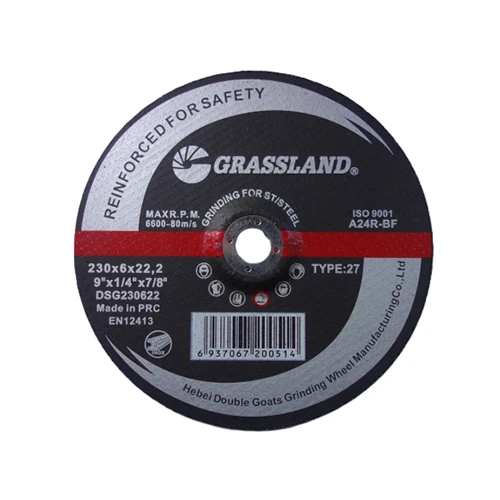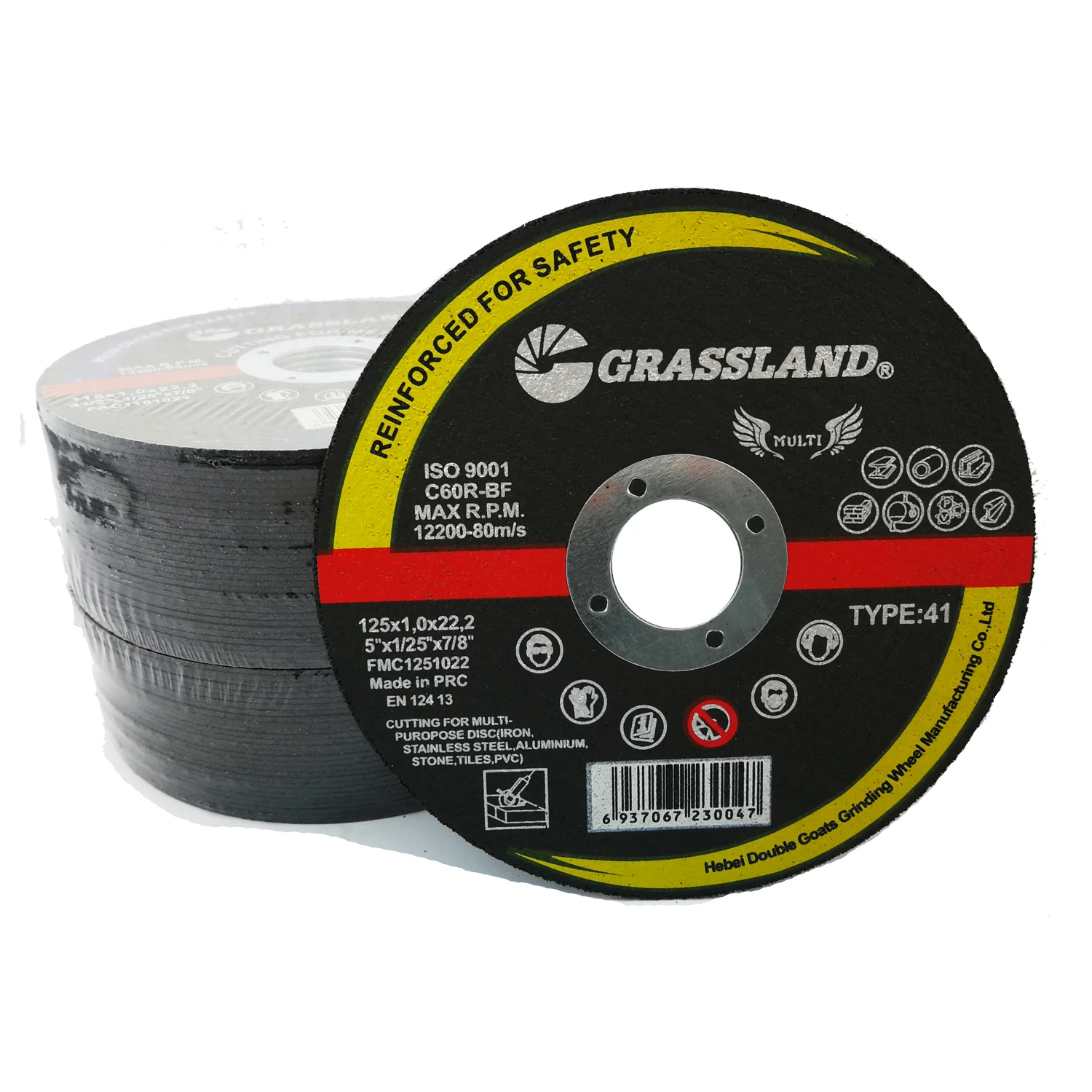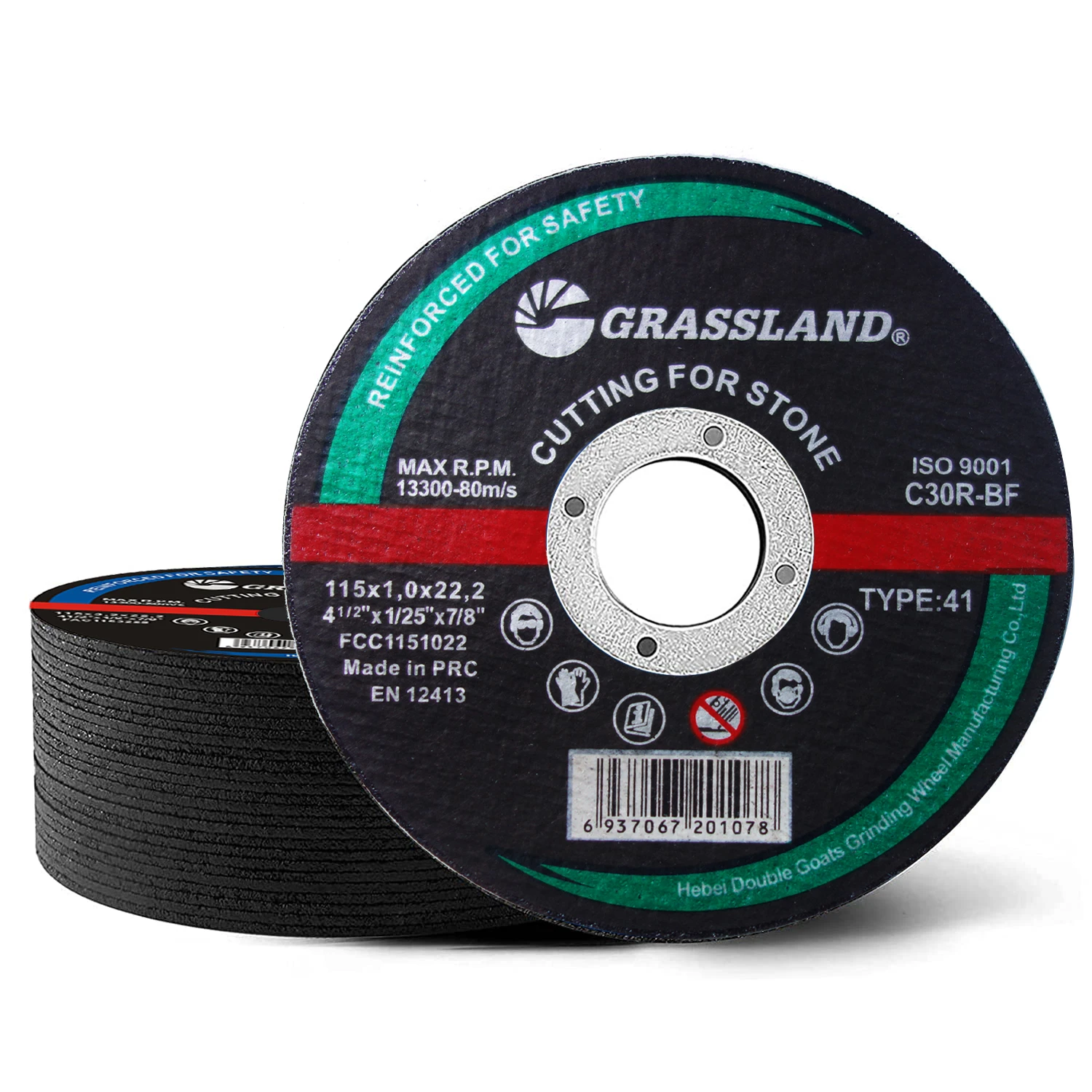In the world of metal finishing and surface preparation, choosing the right abrasives can significantly impact productivity and final product quality. Among the most effective tools in this category are flap discs, known for their adaptability, high material removal rates, and smooth finishes. Whether you’re grinding, blending, or polishing, flap discs provide the multi-functional performance needed in today’s industrial and workshop environments. The availability of various designs, grains, and backings means professionals can optimize every task with precision and consistency.
Professionals Choose Reliability When Selecting Flap Discs for Sale in Global Markets
Choosing the right abrasive often starts with exploring the best flap discs for sale from trusted sources. These discs come in different grit sizes, diameters, and backing types, designed to handle tasks from aggressive material removal to delicate edge blending. The performance of flap discs is often influenced by the quality of abrasive grains, whether zirconia alumina for stainless steel or ceramic for harder surfaces. Industrial buyers should assess both short-term cost and long-term performance, especially in high-volume operations where disc life translates directly into savings and efficiency.
Manufacturers Rely on Bulk Flap Discs for Consistency and Operational Value
For companies that manage large production runs or operate multiple workstations, bulk flap discs offer not only cost advantages but also consistent product performance. Buying in bulk ensures supply chain reliability and makes it easier to maintain uniform quality across jobs. When selecting bulk options, attention should be paid to packaging integrity, grit accuracy, and compatibility with machinery. Many suppliers also offer customized bulk packaging tailored for specific industries like automotive, shipbuilding, or metal fabrication.
Understanding Flap Disc Types Helps Improve Application-Specific Performance
Application success hinges on understanding the differences among various flap disc types. Common variants include Type 27 for flat surface grinding and Type 29 for aggressive stock removal on contoured surfaces. Disc backings may be fiberglass, plastic, or metal—each offering different benefits in terms of durability, vibration dampening, and cost. Additionally, the choice of abrasive material (aluminum oxide, zirconia, ceramic) aligns with different metals and usage scenarios. Having the right type ensures not just better performance but also operator safety and comfort.
Comparing Types of Flap Discs to Choose the Right Tool for Every Surface
Many fabricators and technicians compare different types of flap discs to determine the most suitable option for grinding stainless steel, carbon steel, or aluminum. Type 27 discs offer a flatter profile for smoother finishes, while Type 29 discs excel in more aggressive applications. Some hybrid designs even combine multiple abrasive materials for a layered performance profile. Knowing when to use coarse grit for rapid removal versus fine grit for finishing touches is essential to maximize disc efficiency and surface results.
Knowing Flap Discs Types Ensures Greater Productivity and Safety
Identifying and using the right flap discs types can drastically reduce work time and improve finish consistency. Coated abrasives are selected based on material compatibility and the desired finish, while flap density and grit spacing influence both removal rate and heat generation. Misapplying a disc type can lead to poor results or even tool damage. Educated selection, therefore, supports better workflow and prolongs the lifespan of both the disc and the grinding tool itself.
What Are the Differences Between Flap Disc Backing Materials?
Fiberglass backings are lightweight, strong, and vibration-absorbing, making them ideal for most users. Plastic backings are more flexible and easier to trim, while metal backings provide strength for demanding industrial tasks. The choice depends on the specific working conditions and material hardness.
How Do Abrasive Grains Impact Flap Disc Performance?
Zirconia alumina works well under high pressure and heat, making it ideal for steel. Ceramic grains stay cooler and sharper longer, offering superior performance on tough alloys. Aluminum oxide is best for general-purpose work on softer metals or wood.
What Safety Factors Should Be Considered When Using Flap Discs?
Always match the disc size and RPM rating to the tool. Operators should wear eye and respiratory protection, especially when grinding metal that can produce fine particles. Using the correct disc angle and pressure helps avoid kickback and uneven wear.
Flap Discs Types FAQs
Q: Are flap discs for sale in all grit levels and sizes?
A: Yes, most reputable suppliers provide a full range from 36 to 120+ grit and sizes from 4” to 7” or more, depending on application needs.
Q: Why should I consider buying bulk flap discs?
A: Bulk purchases reduce per-unit costs, simplify logistics, and ensure consistent inventory for high-volume operations.
Q: What distinguishes different flap disc types from one another?
A: Differences lie in backing materials (fiberglass, plastic, metal), disc shape (Type 27 vs Type 29), and abrasive material used (zirconia, ceramic, etc.).
Q: How do I compare the types of flap discs effectively?
A: Consider the workpiece material, required surface finish, desired aggressiveness, and grinder compatibility when selecting the right disc.
Q: What makes some flap discs types more effective than others?
A: Effectiveness depends on matching abrasive grain and disc shape to the material and application. High-quality discs also reduce vibration and heat.
Post time:Sep - 03 - 2025

















